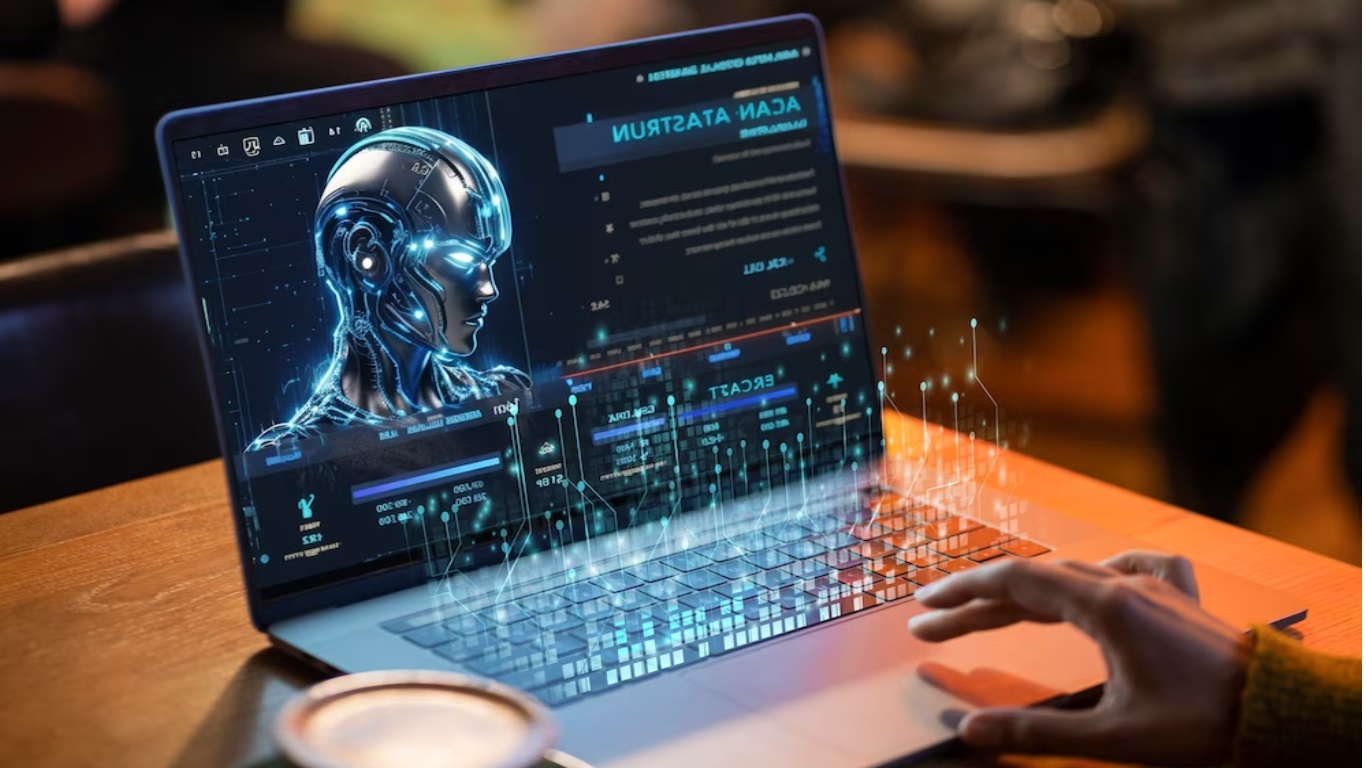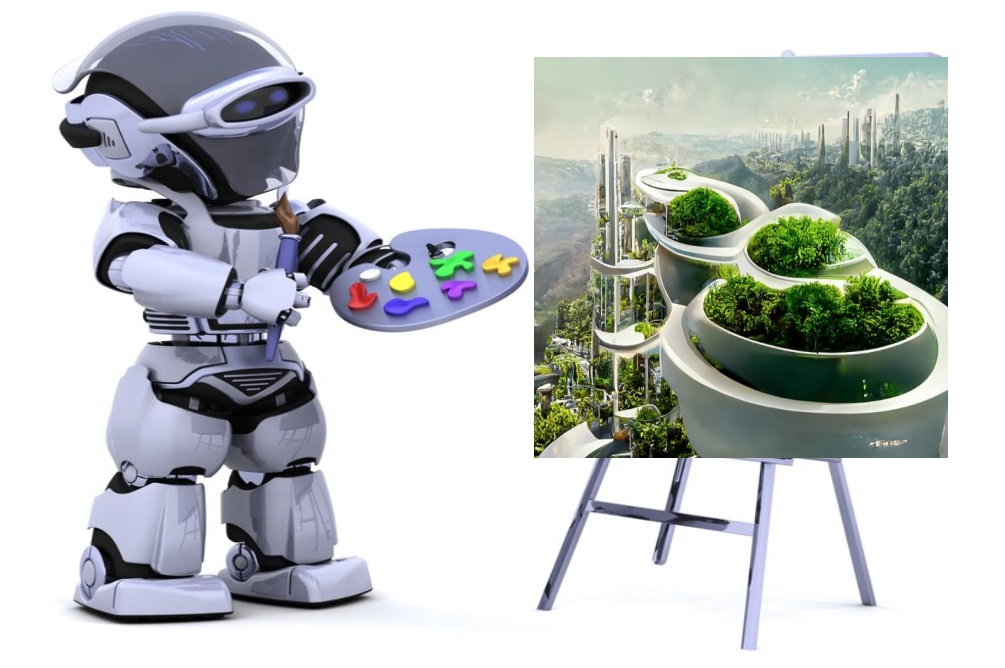
Generative AI, also known as generative artificial intelligence, is a branch of AI that focuses on creating new content, rather than just analyzing or interpreting existing data. Think of it as a creative AI artist that can paint, compose music, write poems, or even design new products. Here’s a quick overview:
What it can do:
- Generate text: From poems and scripts to code and emails, generative AI can craft different kinds of text formats, often indistinguishable from human-written content.
- Create images: AI can generate realistic photos, paintings, and even 3D models, often based on text prompts or existing styles.
- Compose music: From lullabies to symphonies, generative AI can create original music pieces in various genres and moods.
- Design products: AI can generate innovative product ideas and designs, taking into account factors like functionality, aesthetics, and market trends.

How it works:
Generative AI models are trained on massive amounts of data, like text, images, or music. They learn the underlying patterns and relationships within this data, and then use this knowledge to generate new, original content. This is often achieved using techniques like:
- Neural networks: These complex algorithms mimic the human brain’s structure and learning process, allowing them to capture the nuances of creative data.
- Generative adversarial networks (GANs): These involve two competing neural networks, one generating content and the other trying to distinguish it from real data. This back-and-forth process pushes both models to improve, ultimately leading to more realistic and creative outputs.
General use cases:
- Art and entertainment: Generative AI is being used to create new forms of art, music, and literature, pushing the boundaries of human creativity.
- Product design and development: AI can generate innovative product ideas, prototypes, and even marketing materials, accelerating the design process.
- Drug discovery and materials science: AI can help researchers identify promising drug candidates and materials with desired properties, leading to faster and more efficient scientific breakthroughs.
- Personalized experiences: Generative AI can be used to create personalized content and recommendations, tailoring experiences to individual users’ preferences.
Overall, generative AI is a rapidly evolving field with the potential to revolutionize various industries. As the technology matures and becomes more accessible, we can expect to see even more creative and innovative applications emerge.
Connect with us (kishore.kulkarni@nxtechworks.com) if you want to explore Generative AI use cases for your business.
All Images by freepik.com
